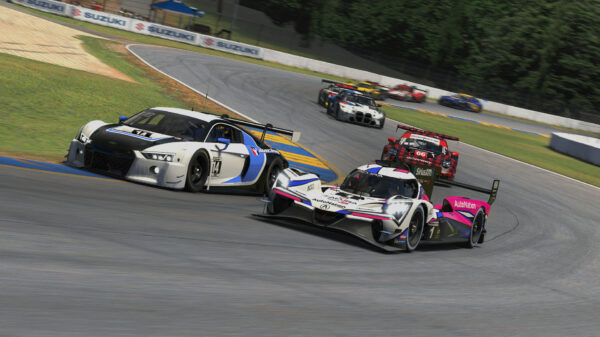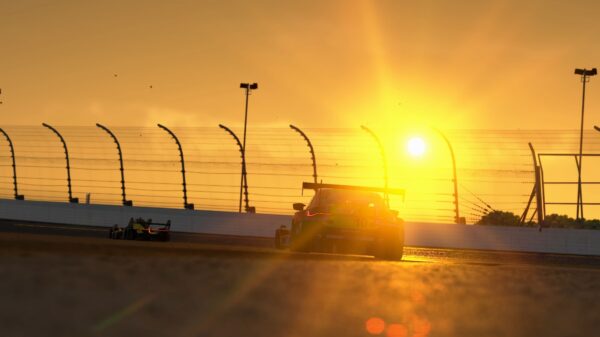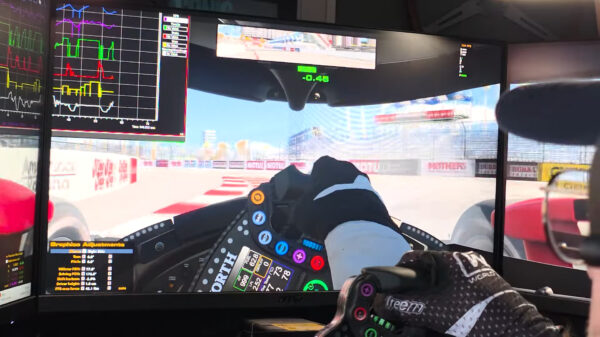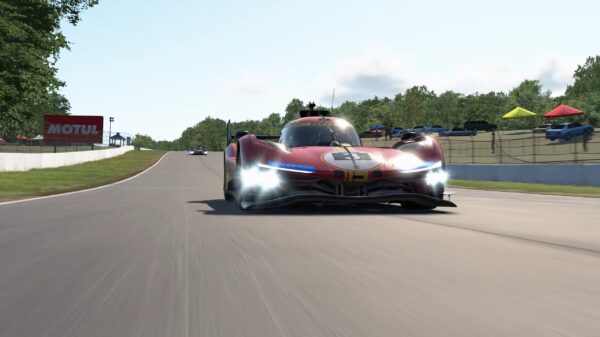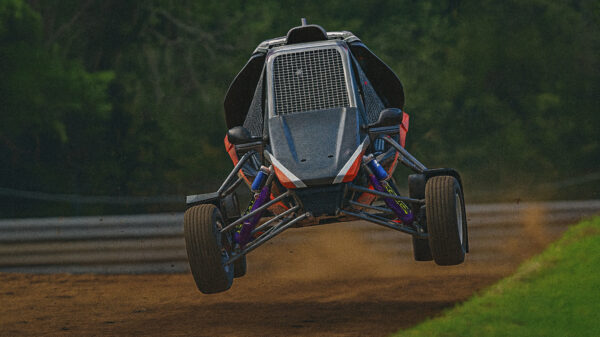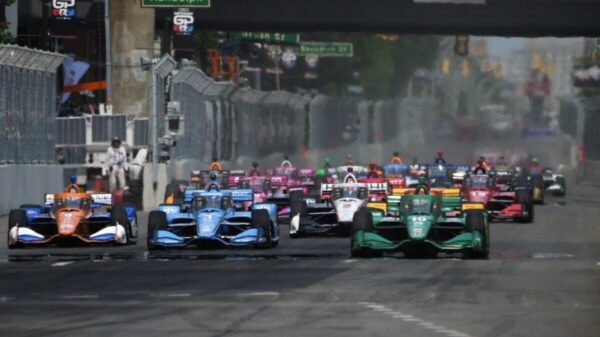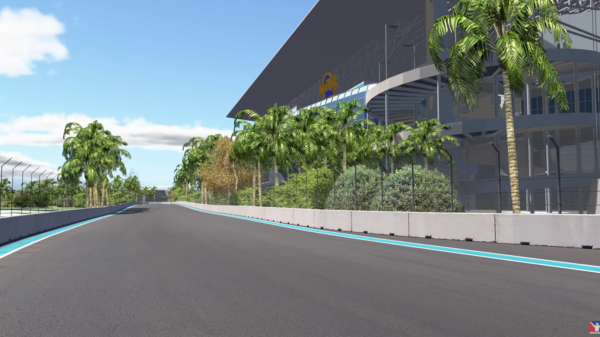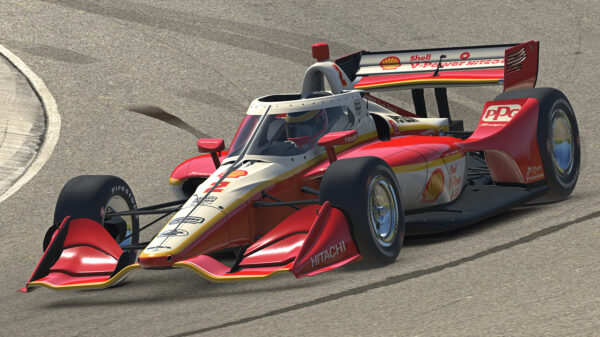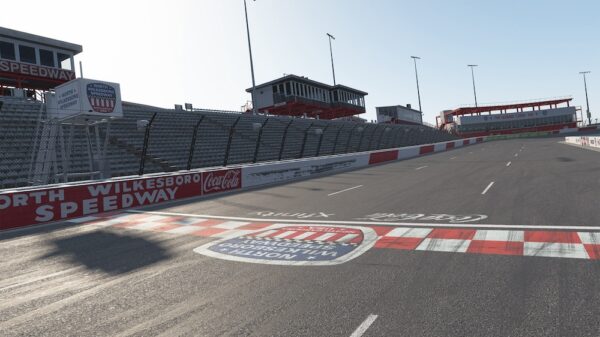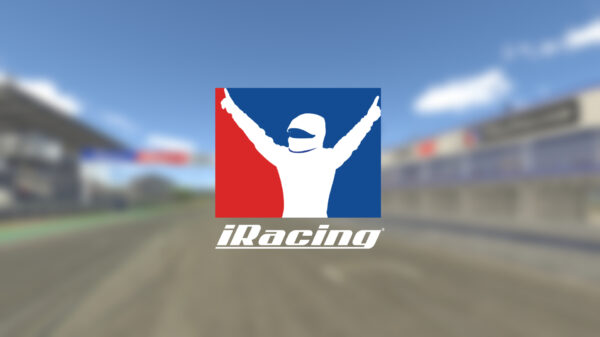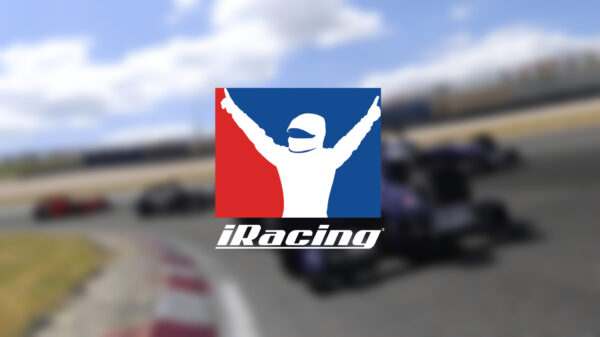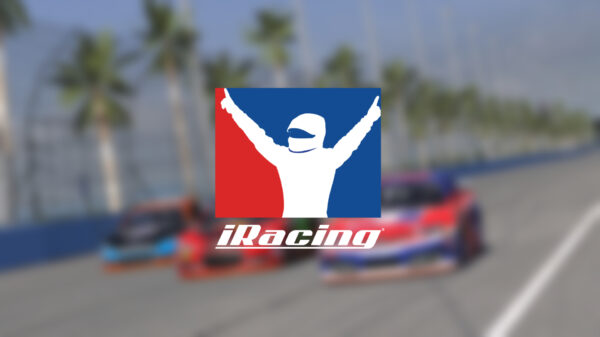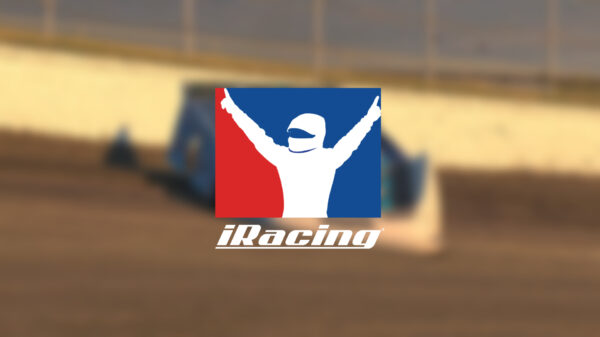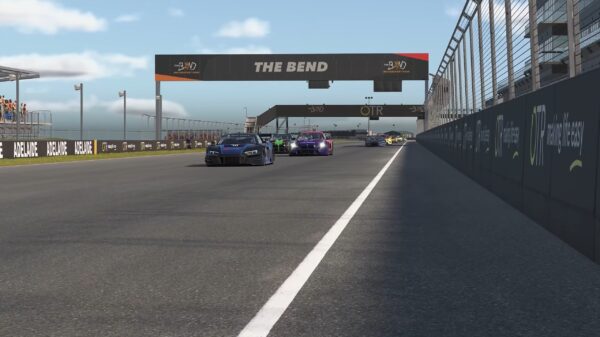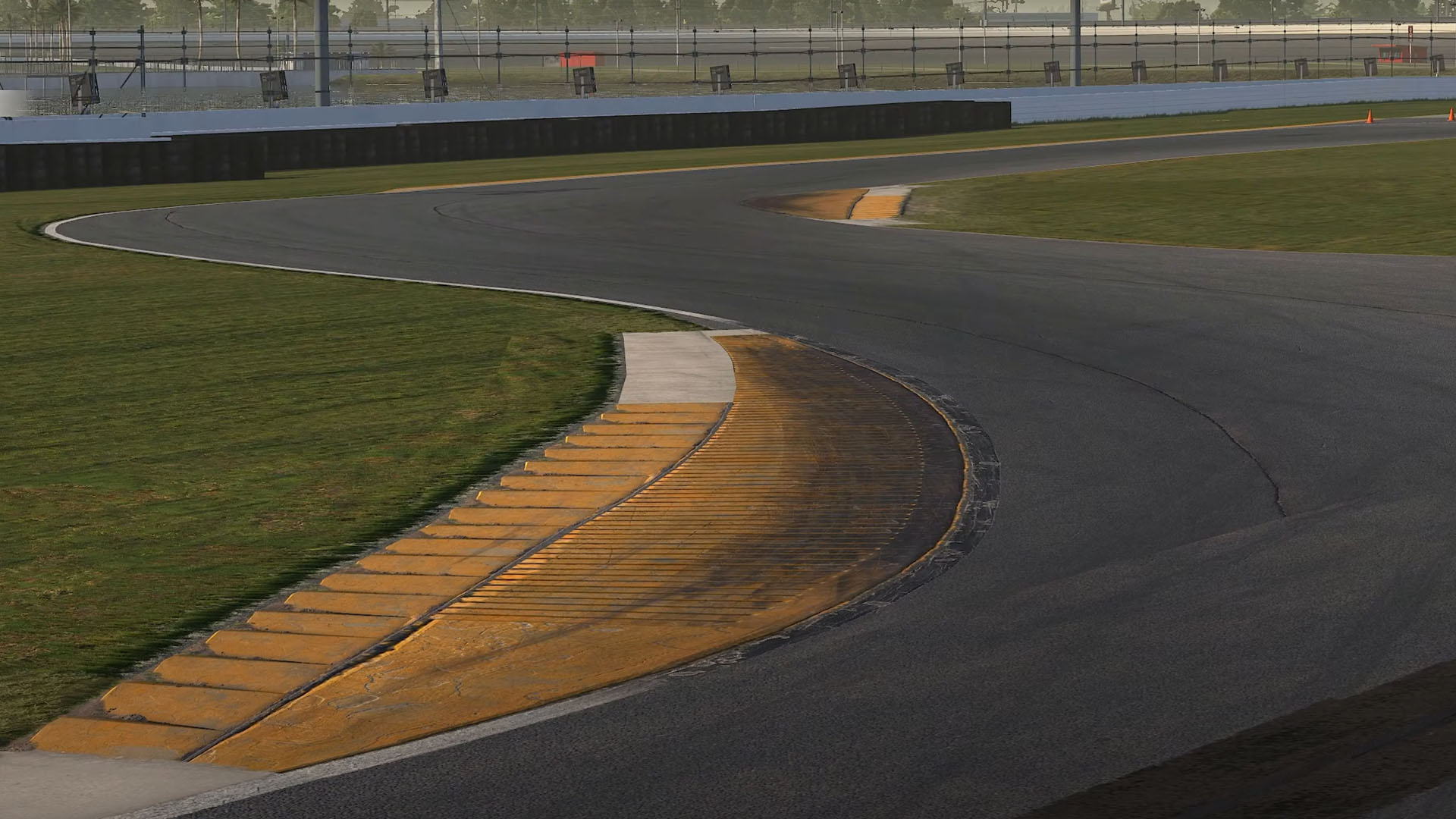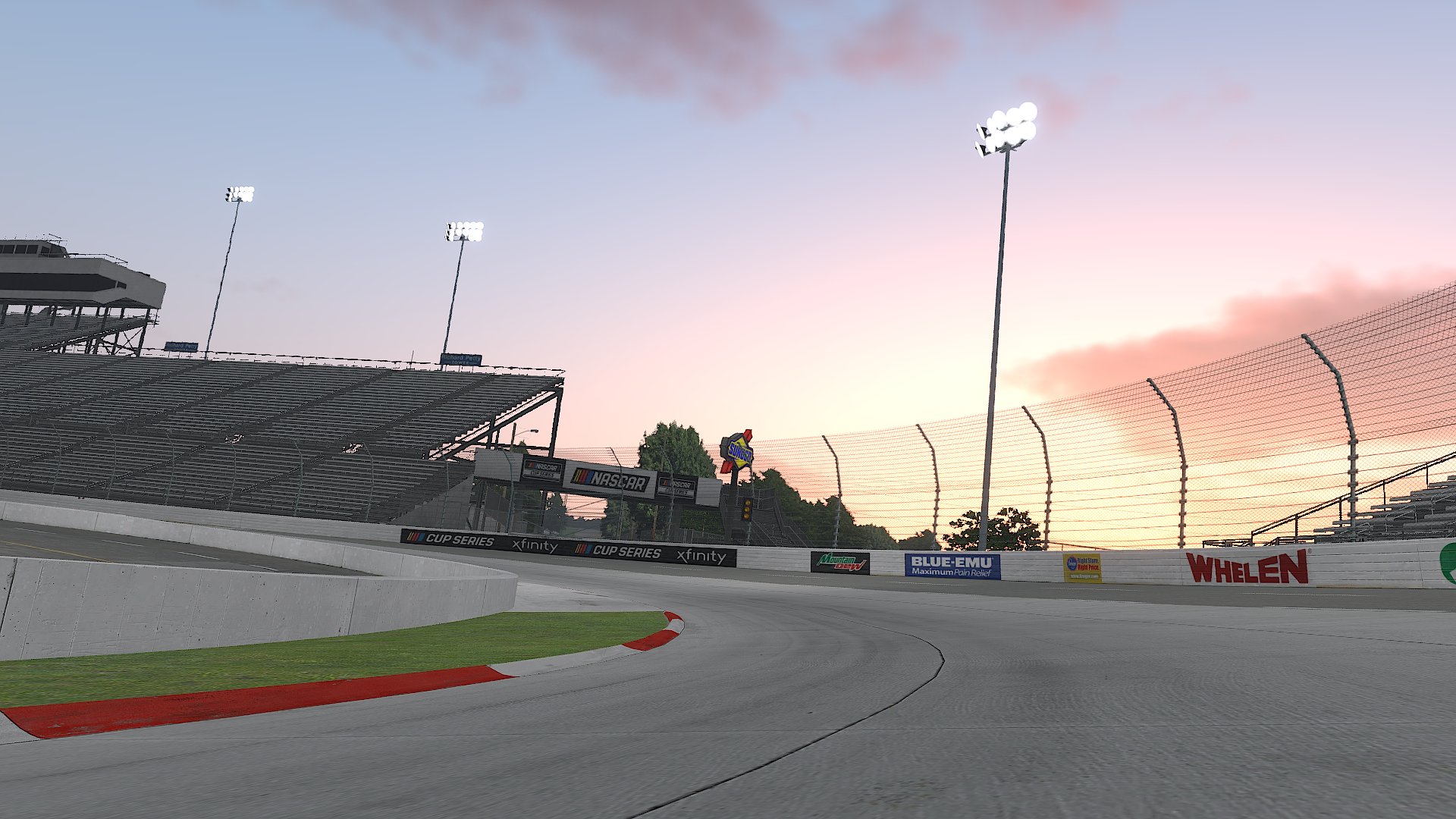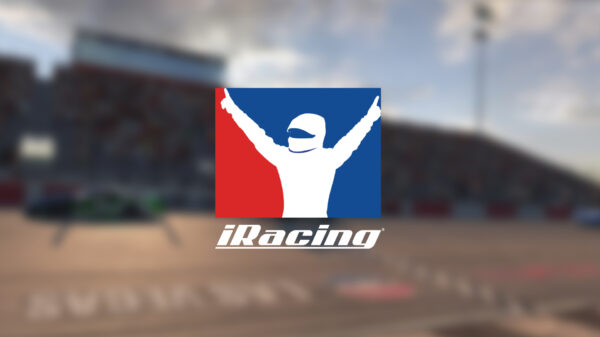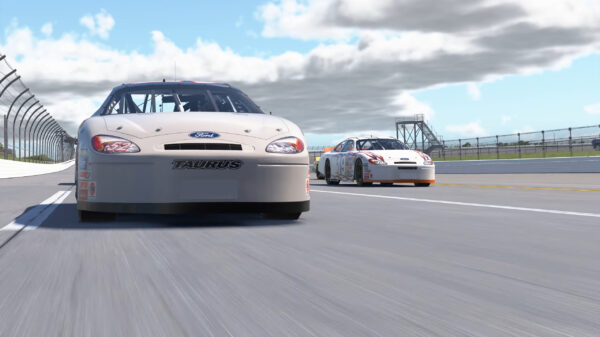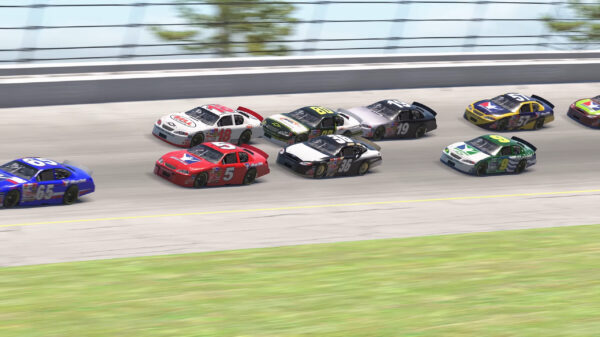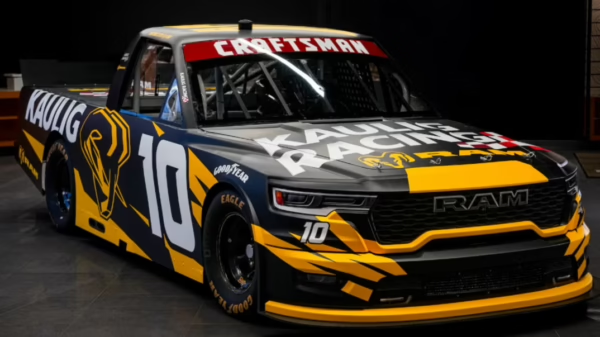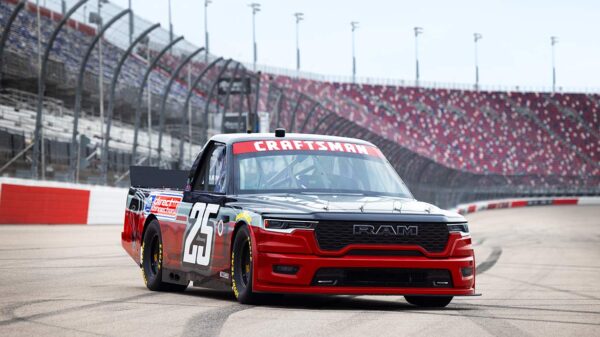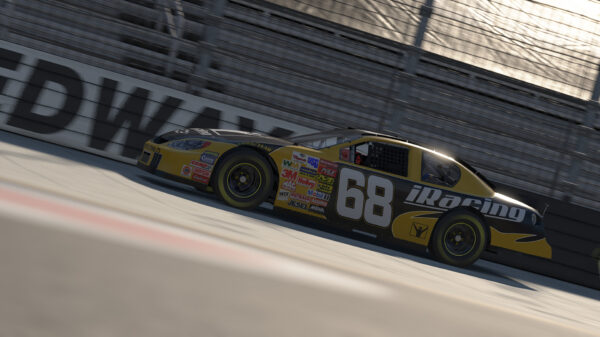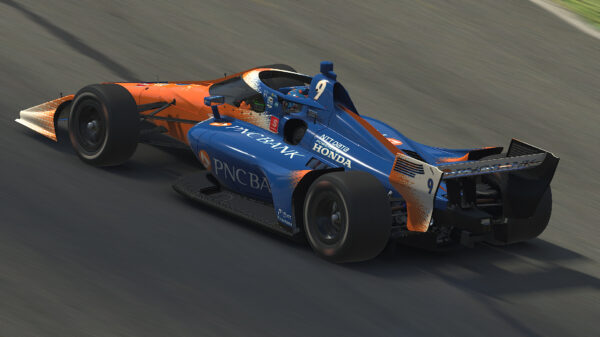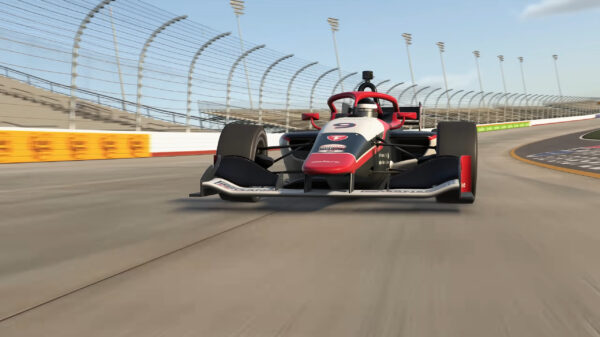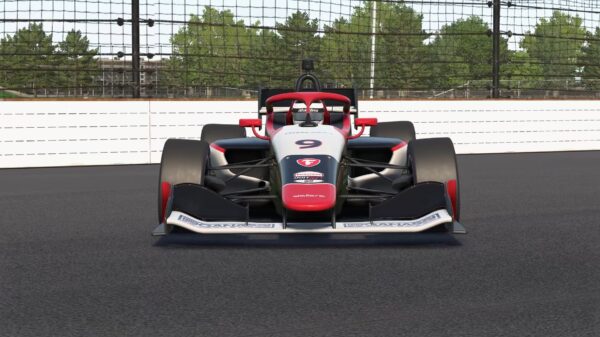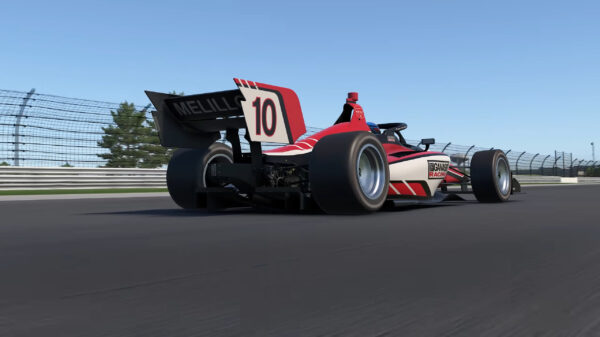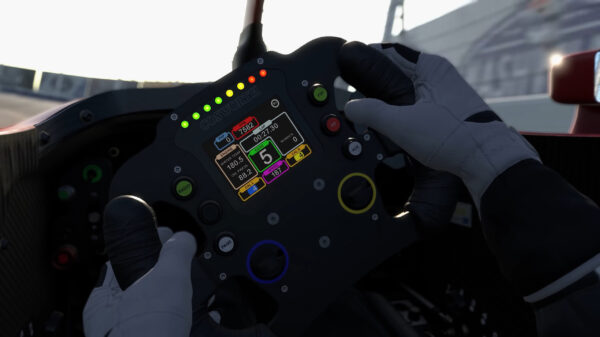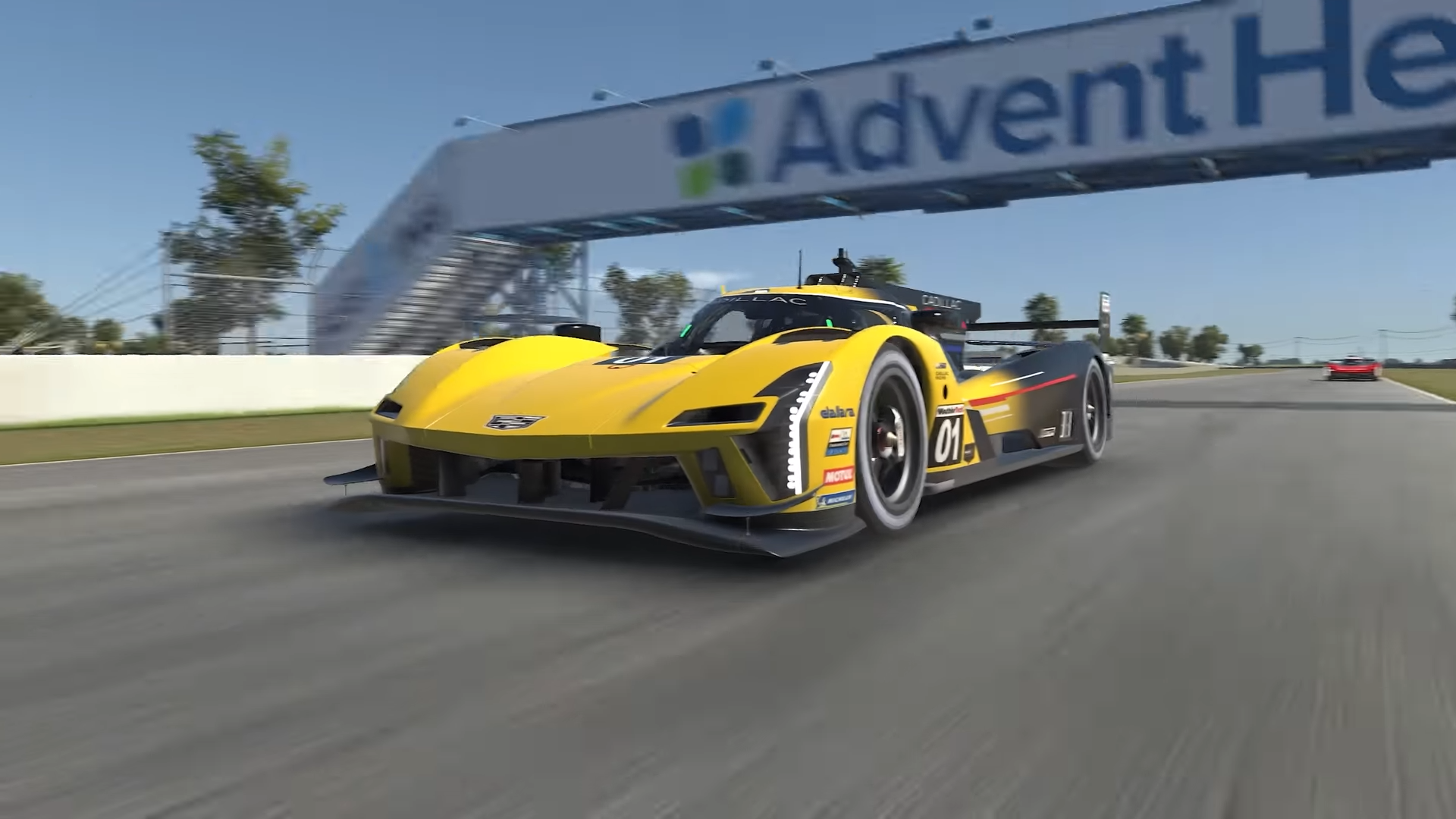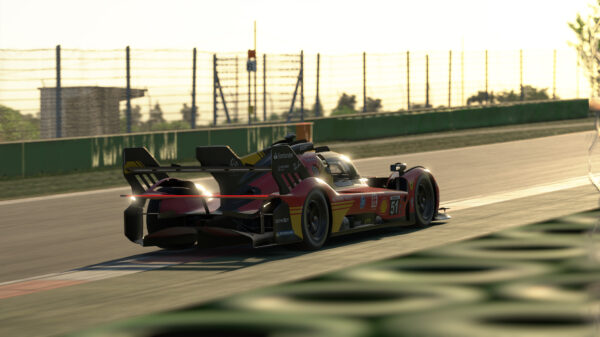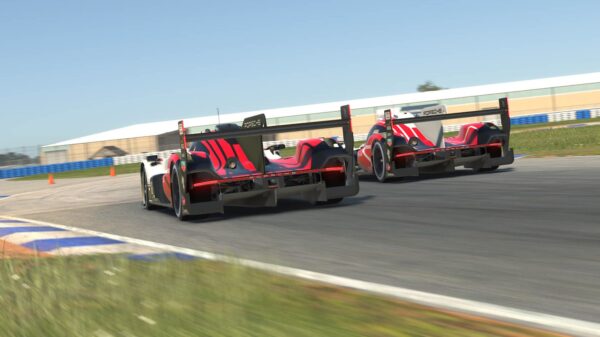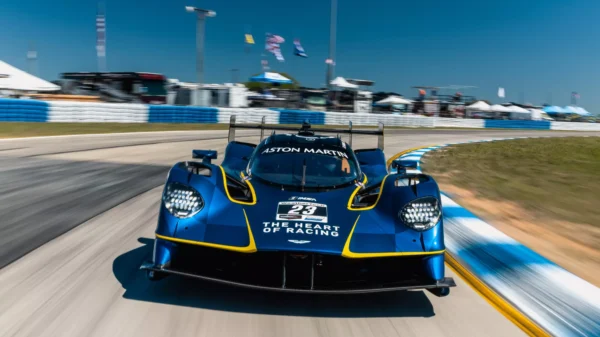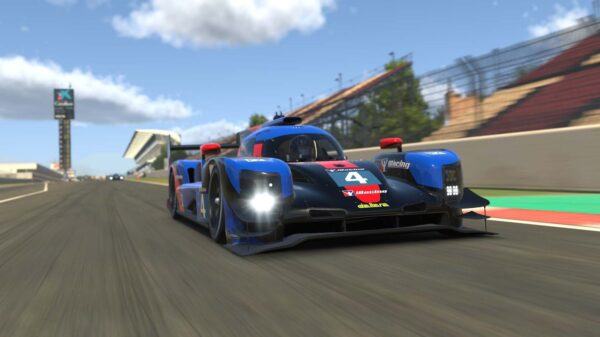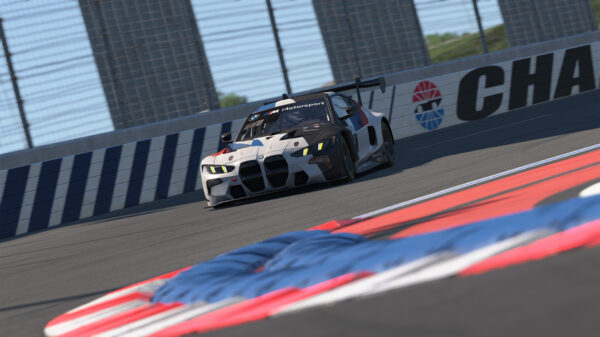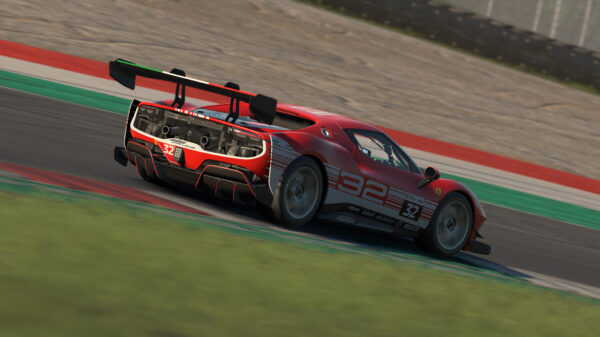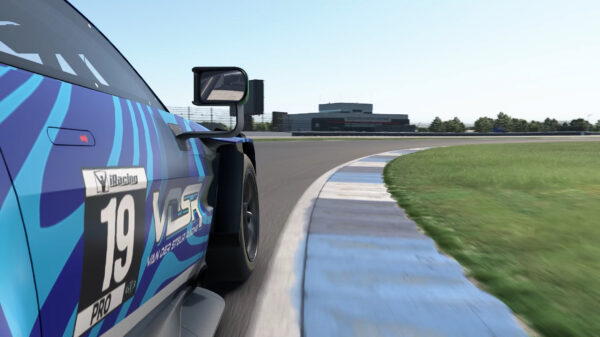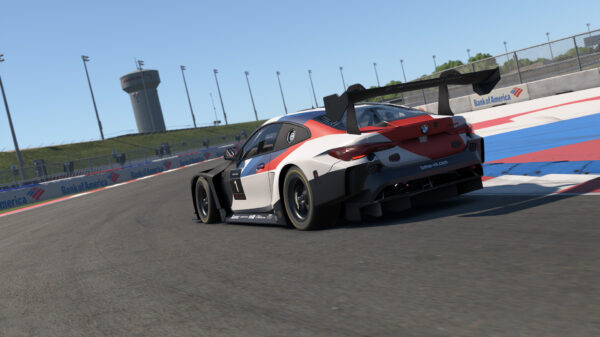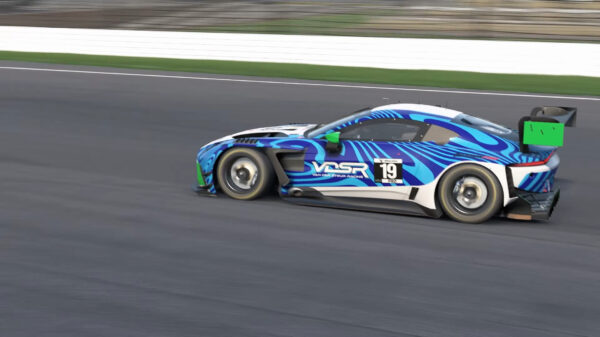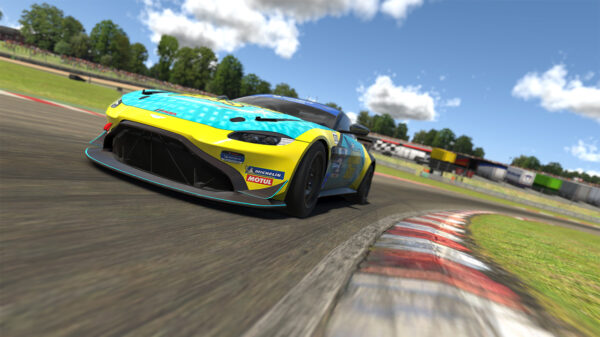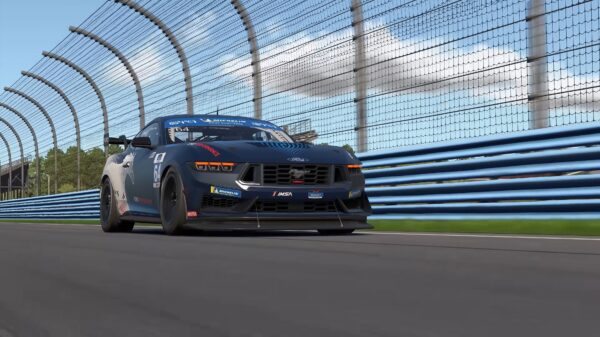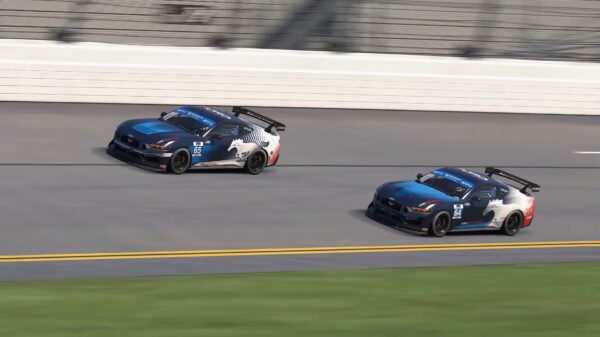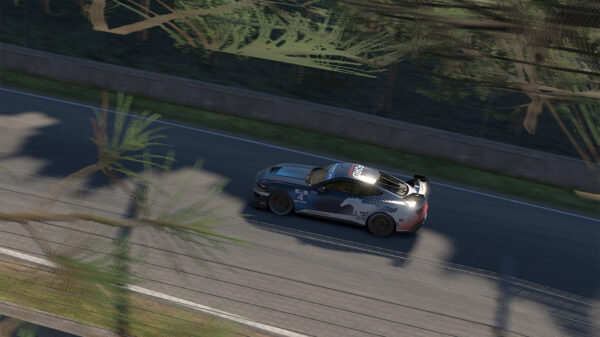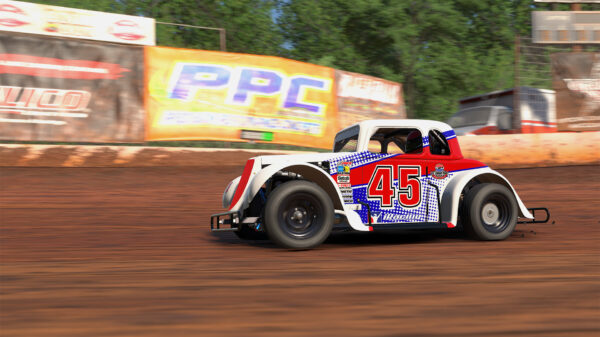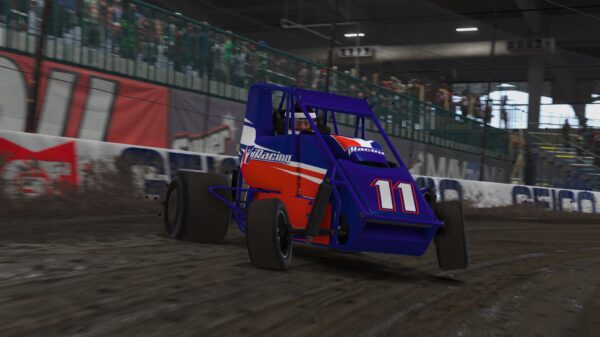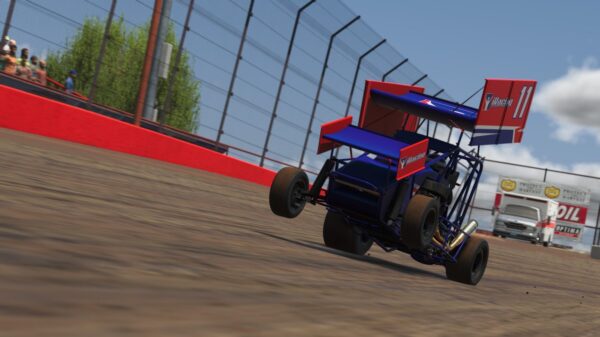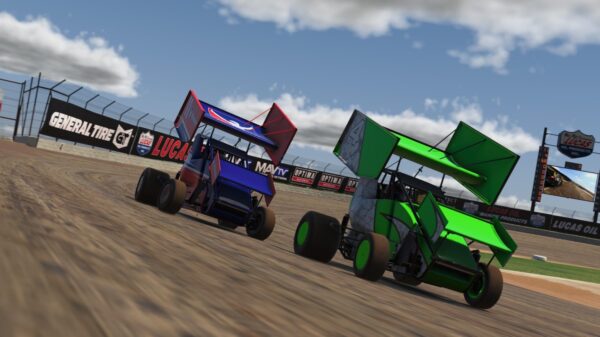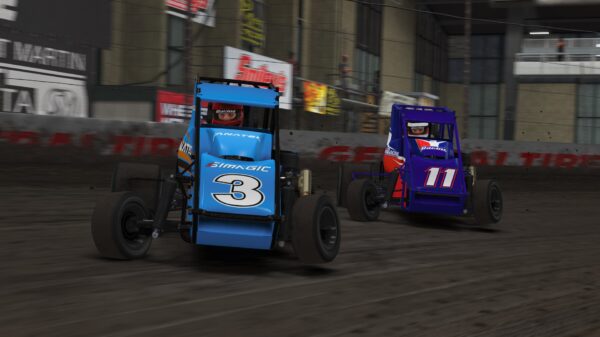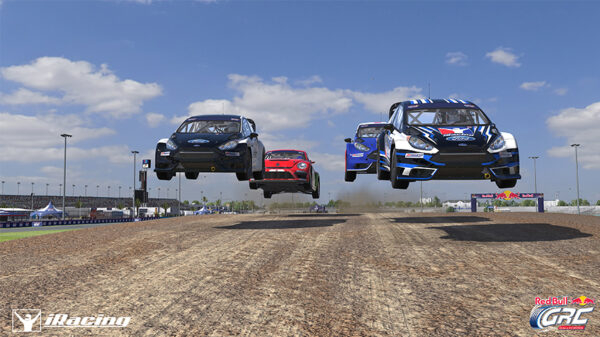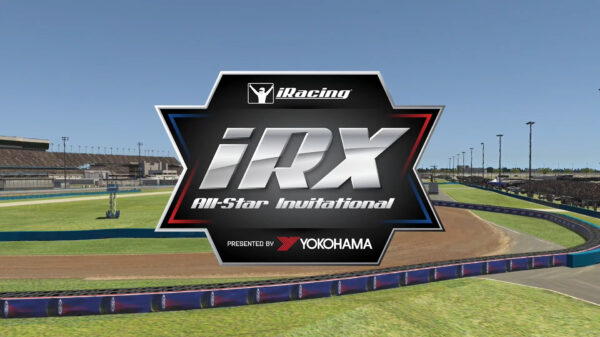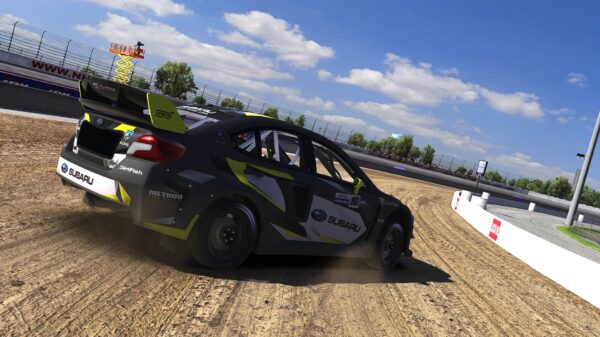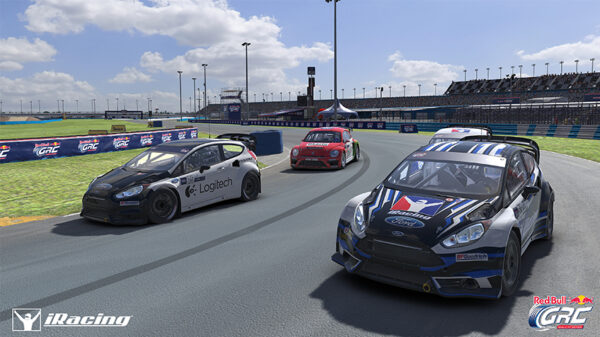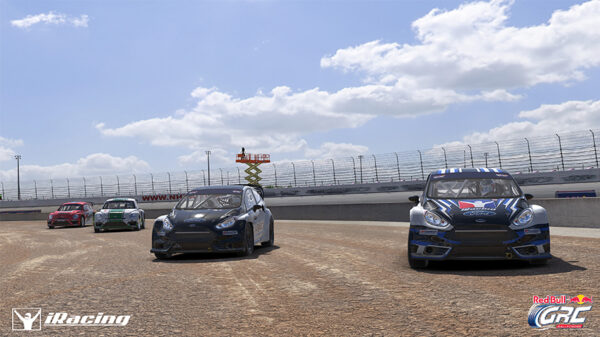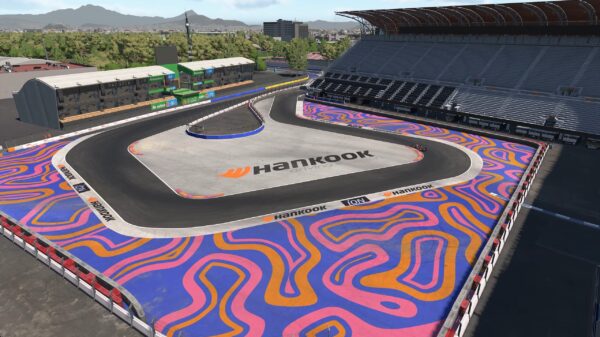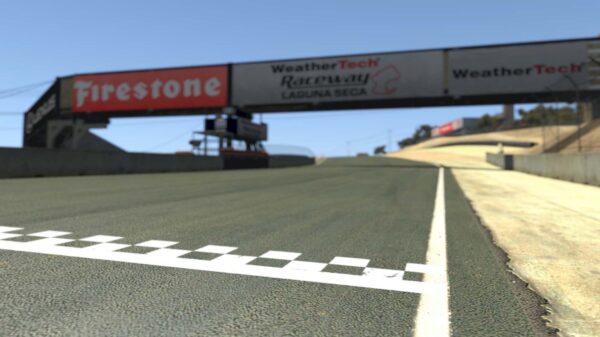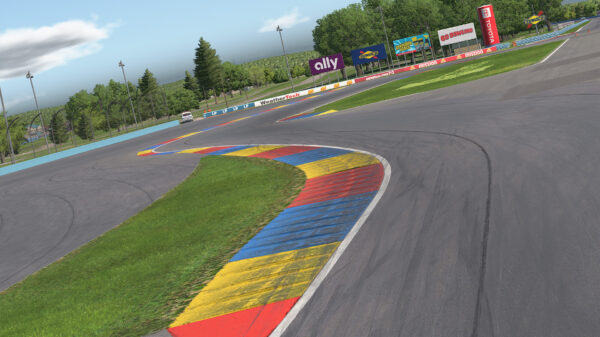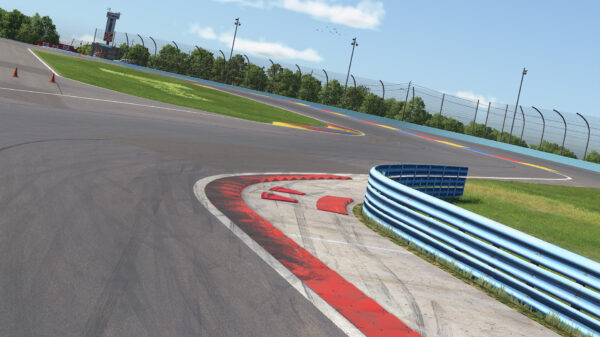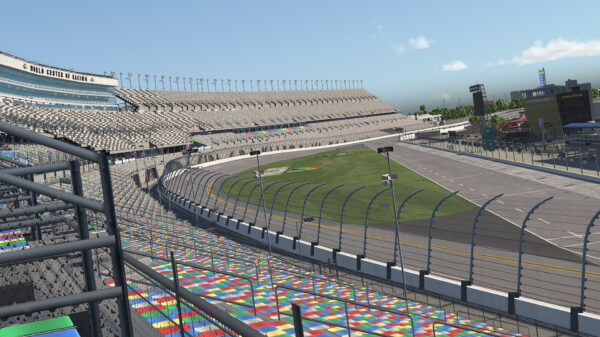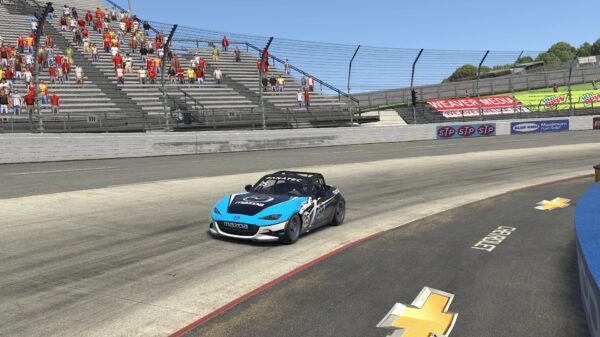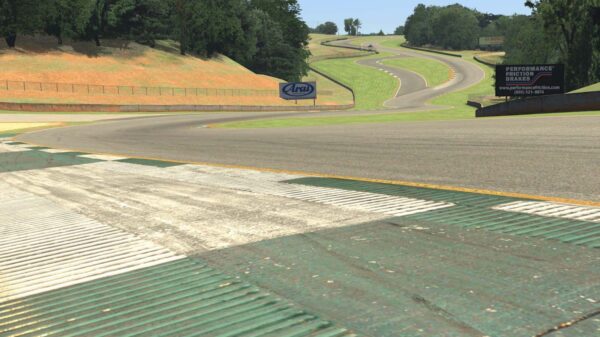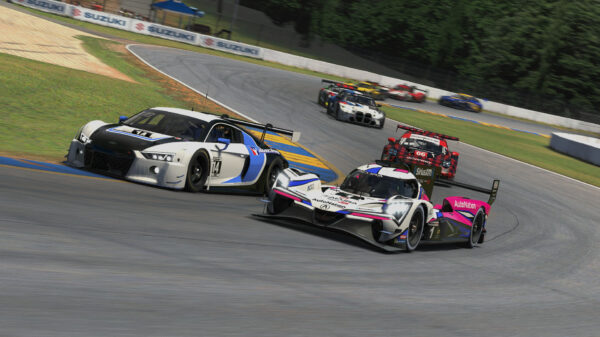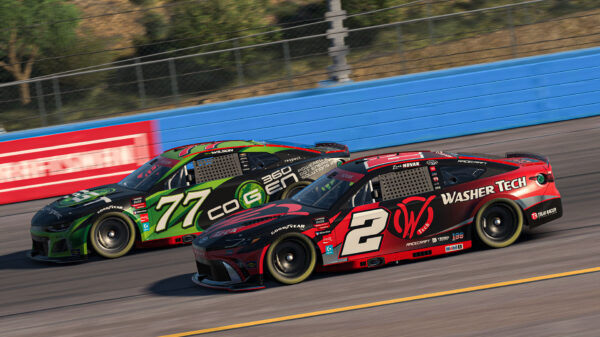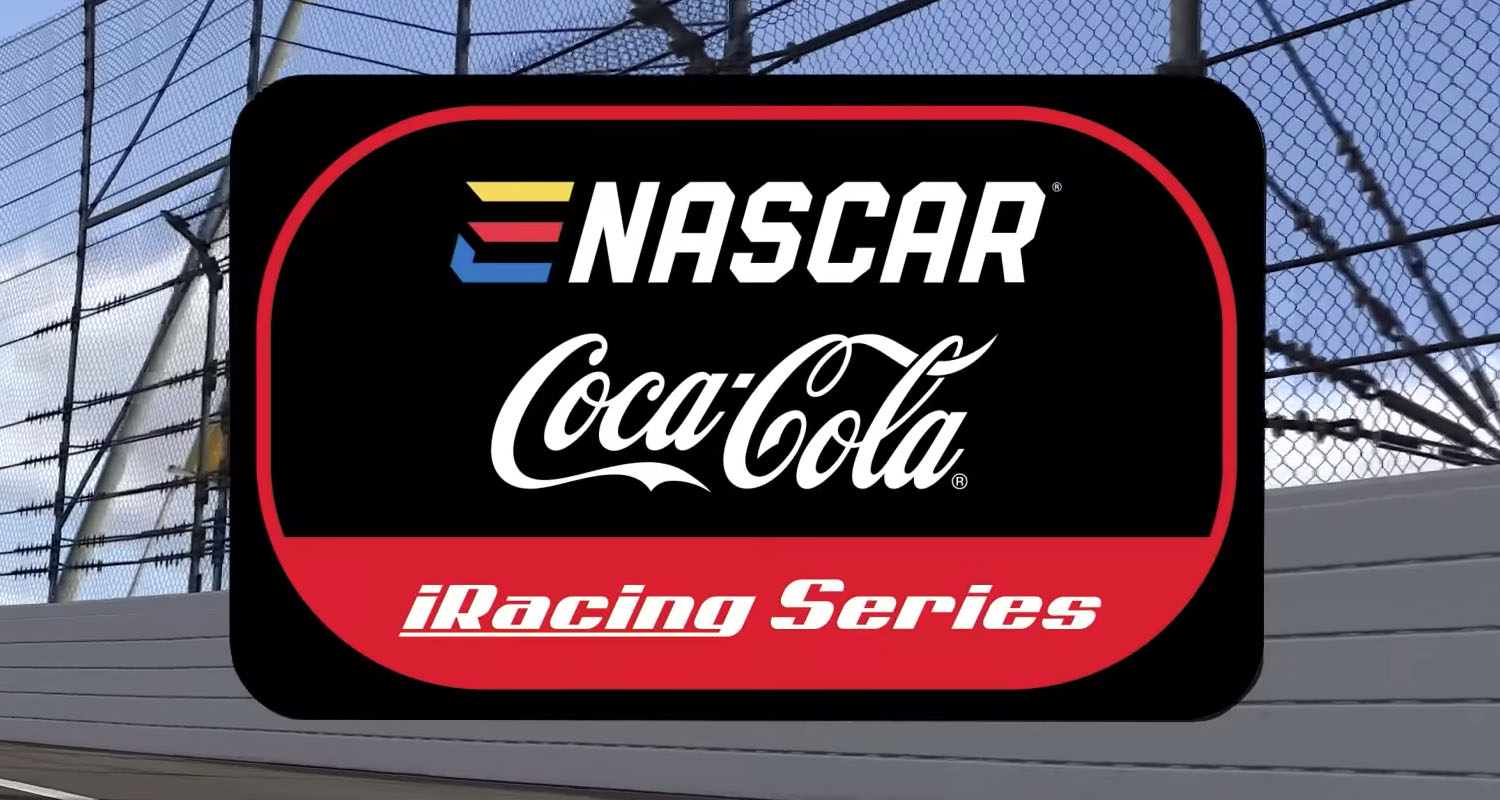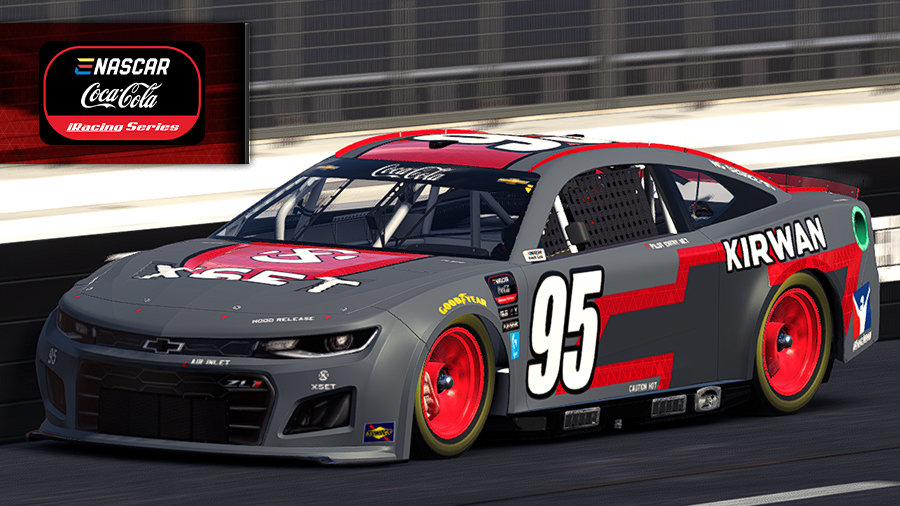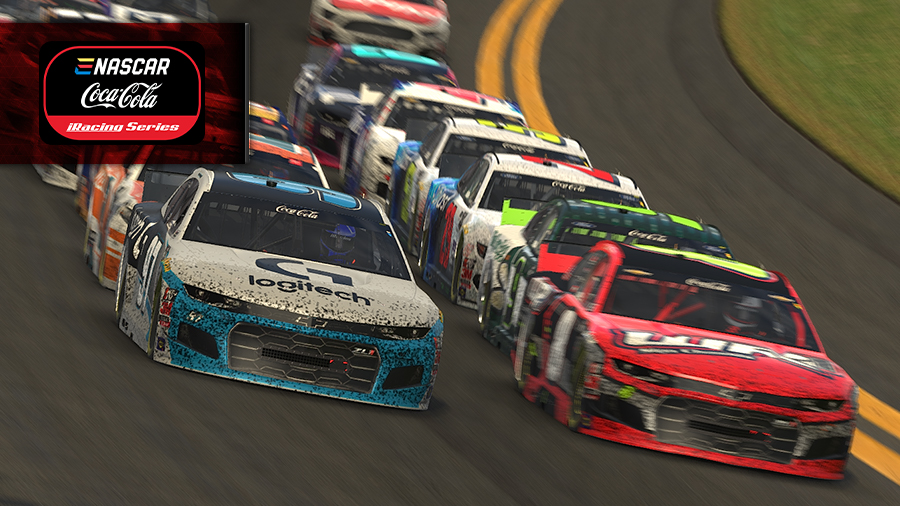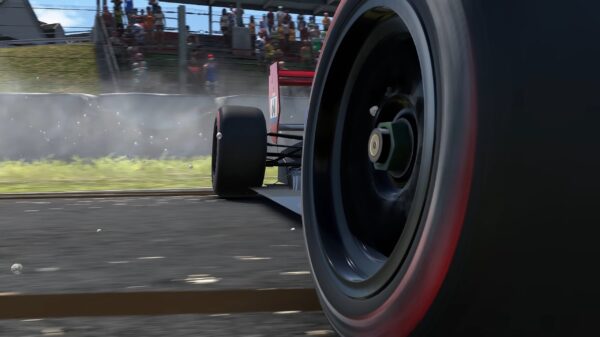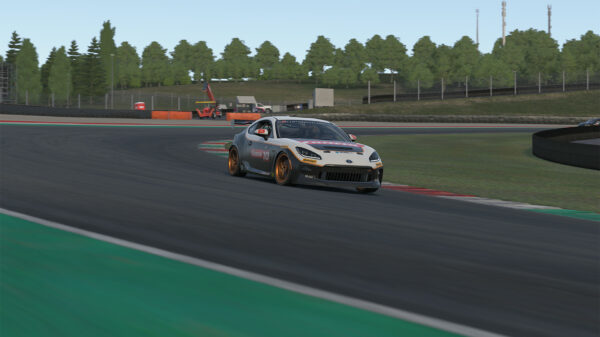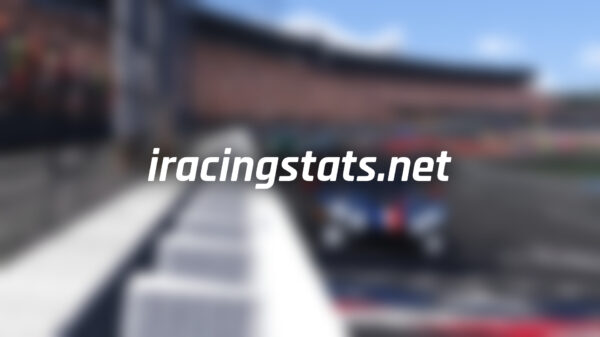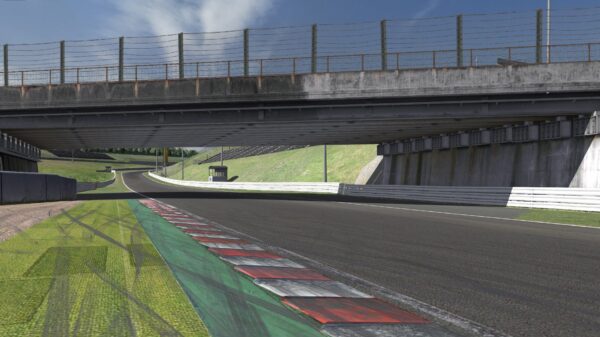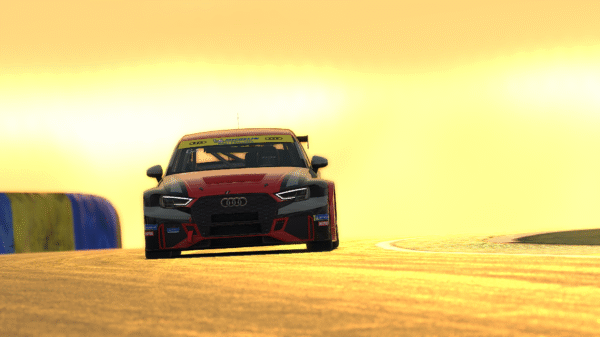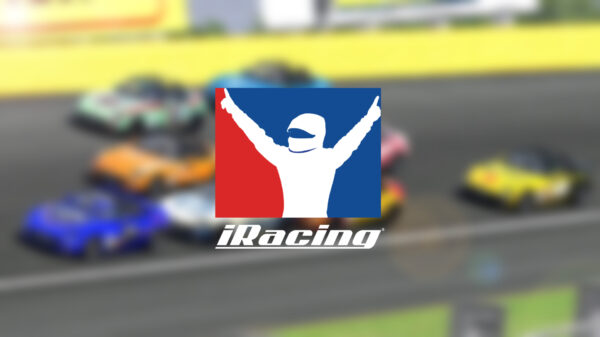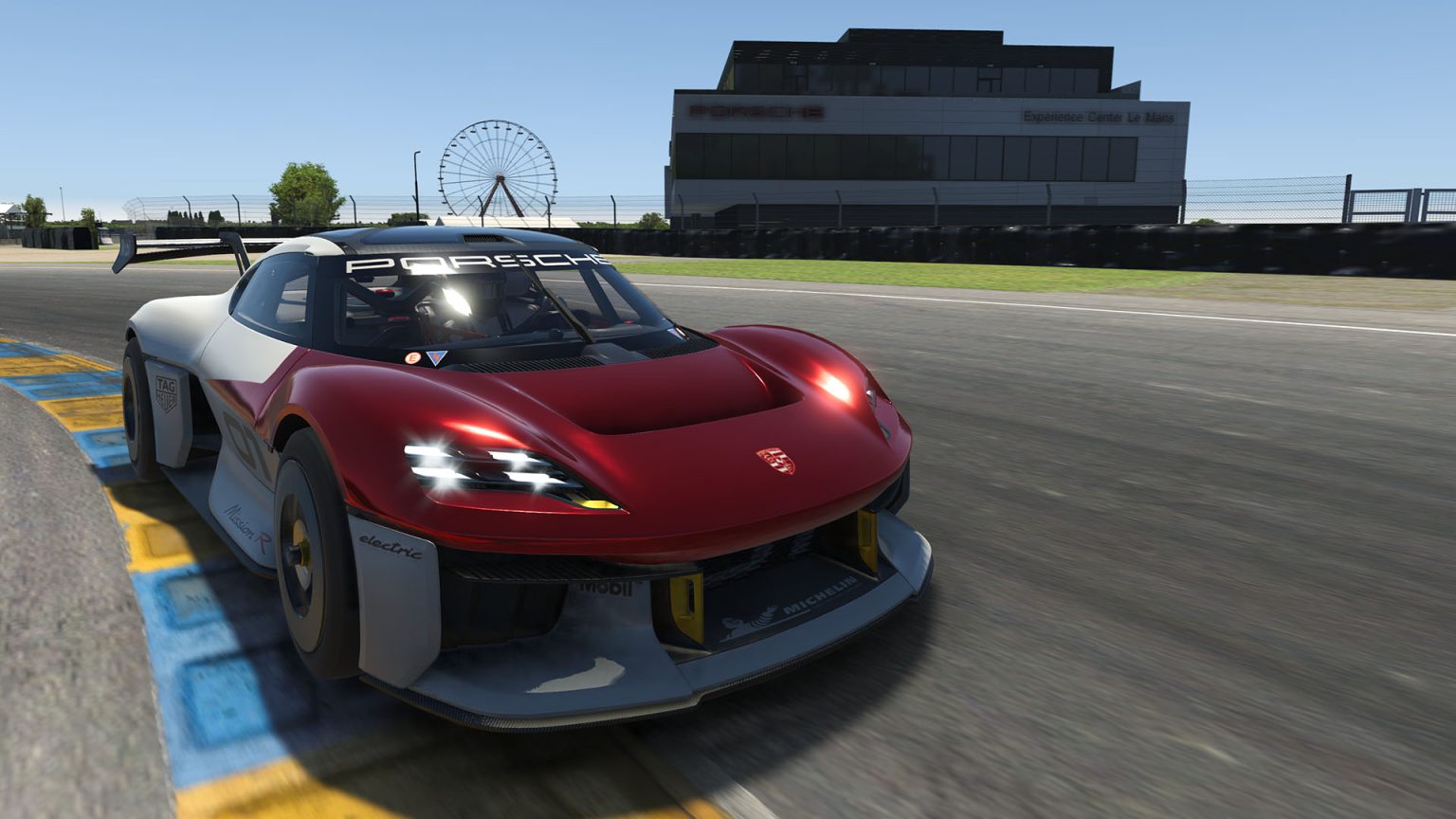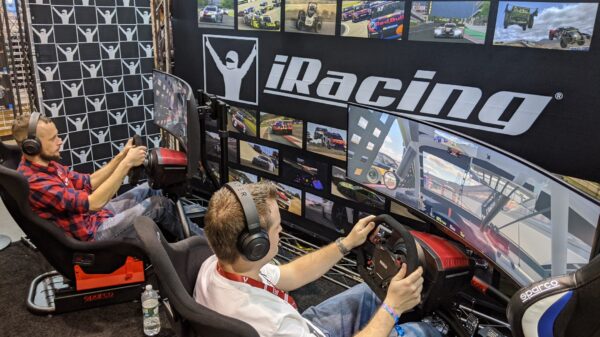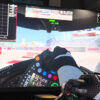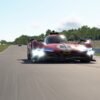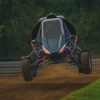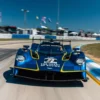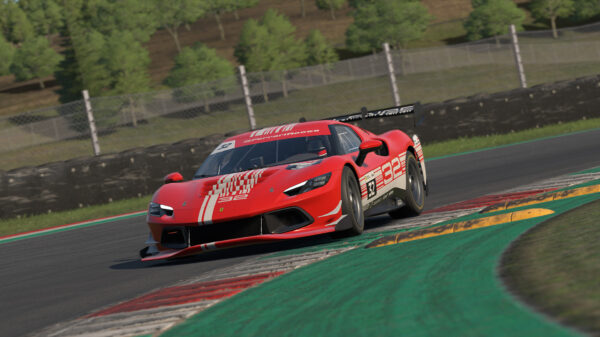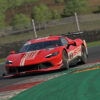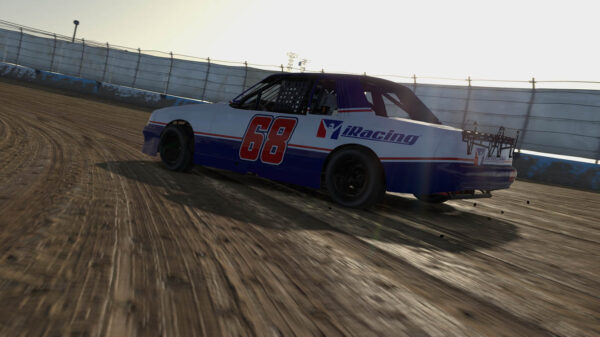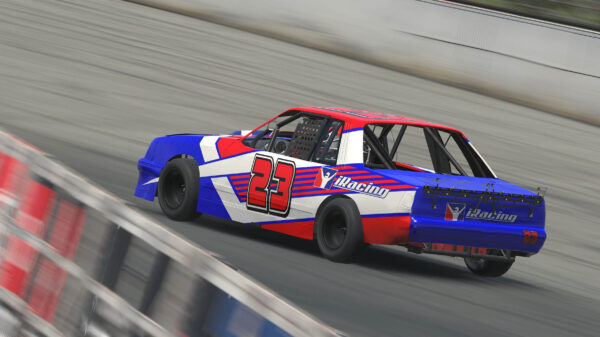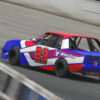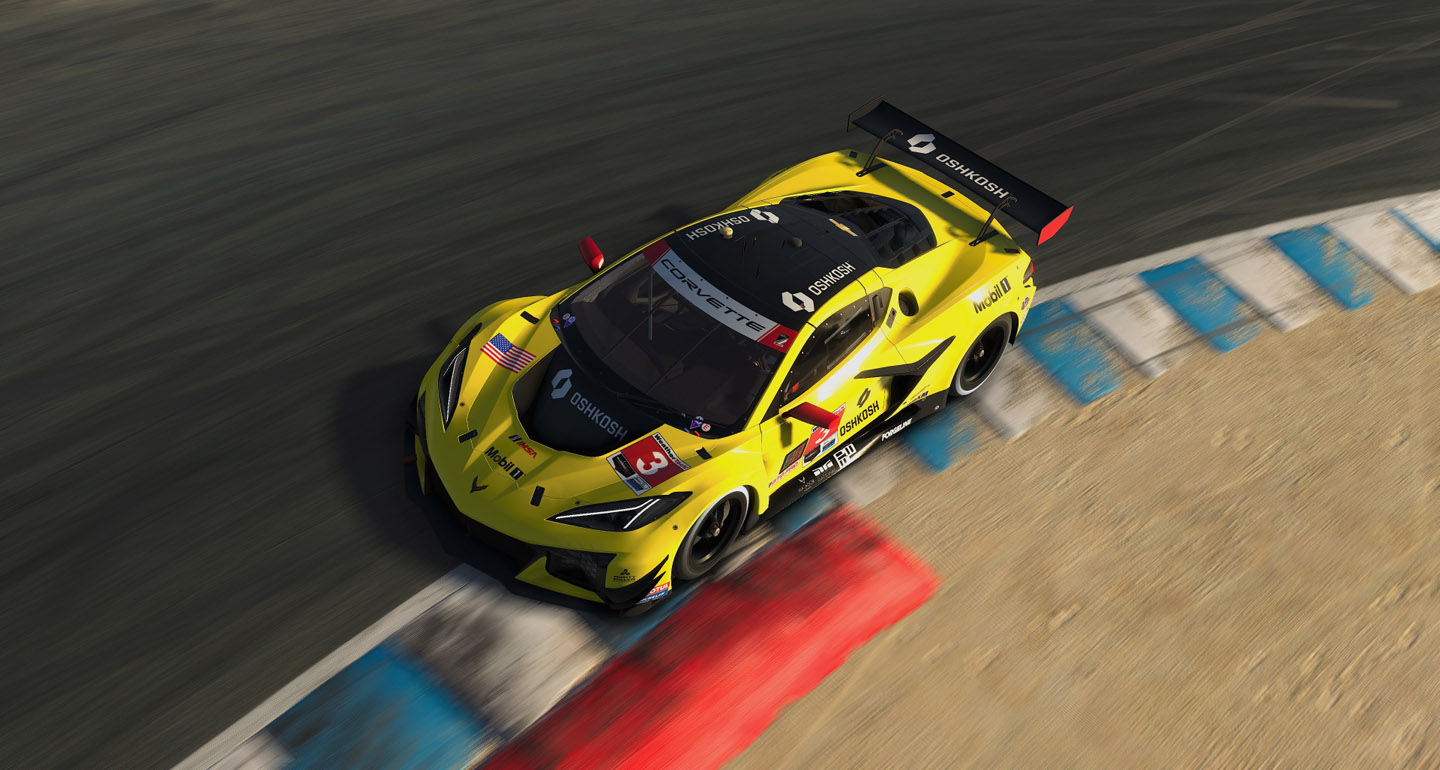The Porsche Mission R is unlike any other car in iRacing. With dual electric motors producing over 670 horsepower in race trim and more than 800 in qualifying mode, it delivers blistering acceleration and futuristic handling dynamics. But this performance comes with its own challenges—particularly managing instant electric torque and regenerative braking. For newcomers to the car, mastering smooth inputs and learning its unique traits is the key to success.
Driving Tips
The most important aspect of driving the Mission R is learning to manage electric torque. Flooring the throttle mid-corner will overwhelm traction, even with all-wheel drive. Instead, apply throttle gradually and progressively, focusing on balancing steering angle with power delivery. Unlike combustion cars, you won’t need to short-shift to manage torque—instead, the single-speed gearbox and broad powerband make smooth modulation your best tool.
Corner entry also feels different thanks to regenerative braking. By lifting early, you can let the regen system slow the car before even touching the brake pedal. This not only saves the battery but also stabilizes the car on corner entry, helping you rotate more cleanly. However, regen levels vary depending on charge, so be ready to adapt as balance shifts during a race.
Setup Tips
The Mission R comes with several setup options to help balance its unique characteristics:
- Brake Bias: Shift bias slightly forward to compensate for the rearward braking effect of regen. This helps keep the car stable when slowing from high speeds.
- Suspension: Consider softening suspension slightly to help manage the car’s weight distribution, as the batteries add significant mass compared to traditional GT cars. Fine-tuning rebound and bump can also improve traction under acceleration.
- Aerodynamics: Adjust wing settings based on the track—high downforce helps tame torque at technical circuits, while lower drag is beneficial for long straights.
As with any car, start with the baseline setup. The Mission R is already tuned for balance, so changes should be gradual and purposeful.
Racecraft
Racing the Mission R also introduces new dynamics compared to combustion-powered cars. Slipstreaming behaves differently, as the lack of engine noise and altered aero balance changes how cars interact in a draft. Don’t rely on massive top-speed runs—instead, plan overtakes by using your instant torque out of corners. Exiting tighter bends is where the Mission R shines, so focus on maximizing exit speed to set up passes on the following straight.
Because regen and battery management play a role in performance, consistency is just as important as outright pace. Drivers who adapt to the Mission R’s rhythm will find themselves gaining time late in races as others struggle with traction or balance shifts.
The Porsche Mission R demands precision, smoothness, and adaptability. Learning to modulate its electric torque, using regen braking to your advantage, and tailoring setup adjustments to the car’s weight and aero will help you unlock its potential. While it’s a step up in difficulty compared to beginner-friendly cars, the Mission R offers a rewarding and futuristic racing experience that prepares sim racers for the electric era of motorsport.

